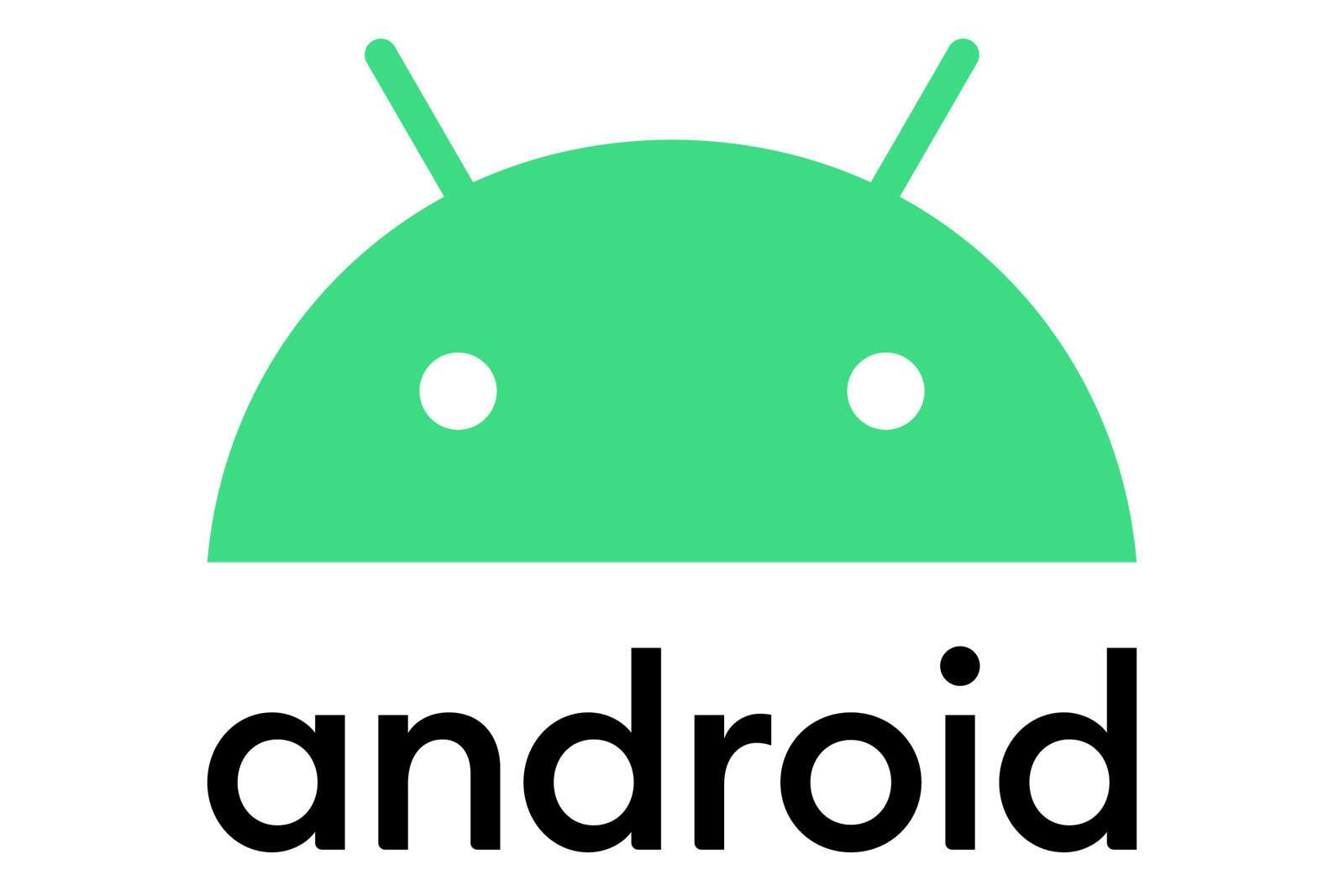HDMI CEC allows basic commands and communication over HDMI (Wikipedia) so devices can integrate with TVs a little better. It's the technology that allows a DVD player remote to turn off the TV by sending commands from each device over the connected HDMI cable, so you don't have to juggle remotes. For the past couple of months, the Chrome OS developers have been working on CEC capabilities for a couple of variants of an unreleased Chromebox codenamed "Fizz."
Commits talk of sending CEC commands to connected displays and support for a whole host of commands. All this is fairly interesting, but its significance was lost without the wider context of Google's efforts in the living room. JBL's upcoming LINK BAR, a smart sound bar with Android TV and Google Assistant built-in, will have some interesting features to bridge Google's flagship Assistant into the living room. According to a report from AndroidPolice, the LINK BAR will have what's called "Active Overlay", which allows you to summon the assistant in a visual overlay on top of the ongoing content. Most relevant to this post, however, is that it uses CEC to bridge connected devices to each other.
Google hints that the JBL LINK BAR is just one example of the many forthcoming devices that will bring Assistant and other Google services to the home – a statement with hidden weight given that this report arrives just as CEC is being implemented on Chrome OS.
Business > Leisure
The LINK BAR established two things: Google's intent on conquering the living room and the kinds of technologies it thinks will get them there. So it's a small leap to link Chromebox Fizz and its CEC capabilities to the living room.
That said, CEC is just one trick in the smart-home repertoire. The largest barrier to a Chromebox-turned-media-player would be the poor user experience. Chrome OS doesn't have a big screen user experience like Android TV, so even if you wanted to use your Chrome device as a theatre device, it would be a clunky mouse and keyboard affair.

While a Chromebox is great for desktop use, it doesn't have the features for a living room experience. Image source: Viewsonic
While Chrome OS isn't quite ready for the living room, CEC has its uses for enterprises and schools too. One such scenario would be sending [standby] or [playback] commands to all your managed kiosk displays to reduce manual management.
Aside from CEC support, the Chromeboxes under codename Fizz offer some other exciting prospects. It's a group of Kaby Lake boxes ranging from low to high-end, with some SKUs having high-powered CPUs, dual LAN, and support for NVMe. While it's unlikely that we'll see a smart TV based on Chrome OS anytime soon, at the very least we could see smart interactions coming to Chrome devices when the two variants, Teemo and Bleemo, hit the shelves.
from xda-developers https://ift.tt/2IsCero
via IFTTT


Aucun commentaire:
Enregistrer un commentaire